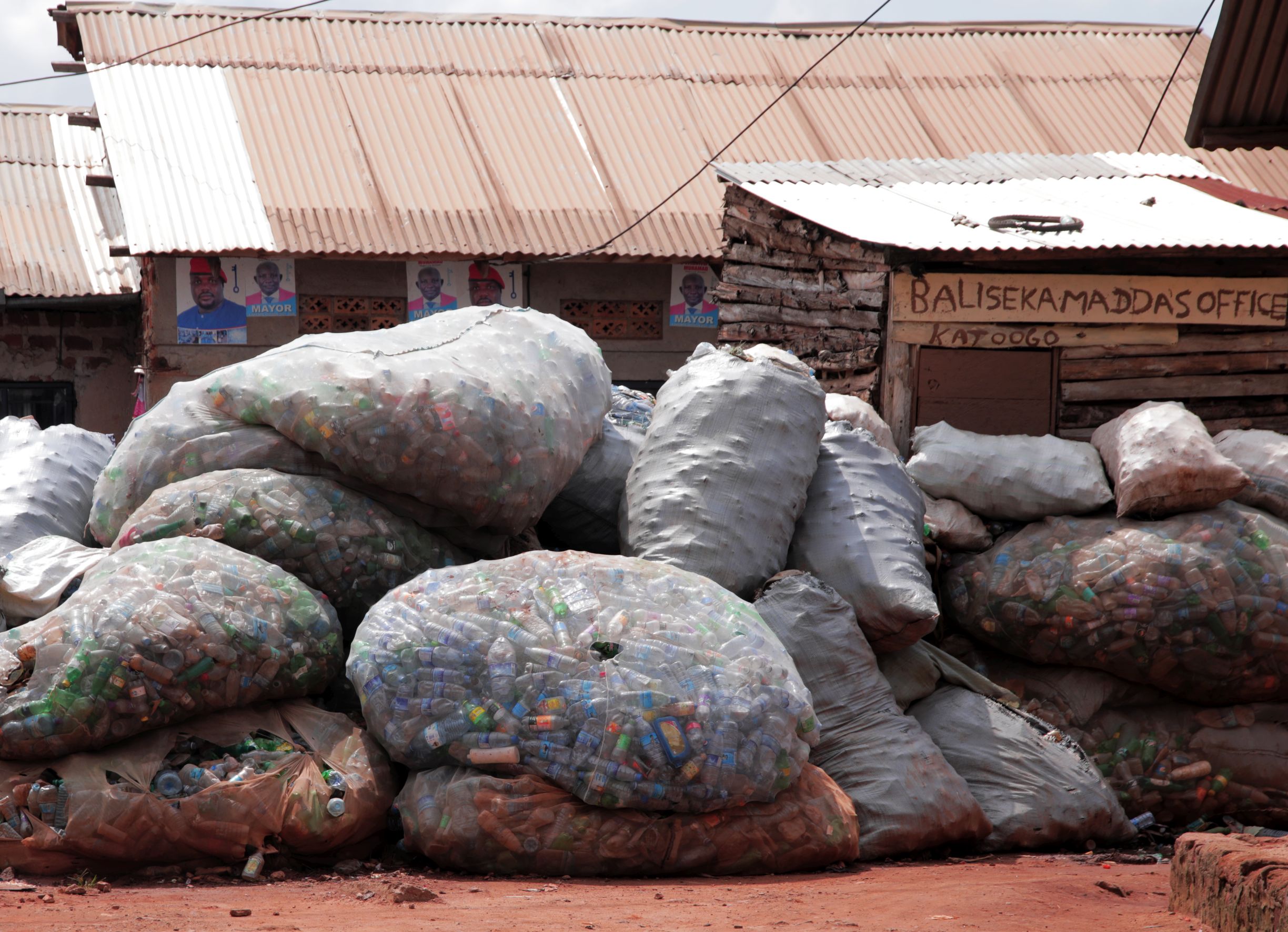- Who We Are
- How We Work
- Regional / Country Initiatives
- Legacy
- Core Themes
- Working Groups
- Portfolio & Results
- Newsroom
- Resources
Morocco’s Tetouan Paves the Way With Its City Development Strategy
One of the first cities to undertake a City Development Strategy (CDS) in the Middle East-North Africa Region, Tetouan inspired other municipalities to adopt a similar strategic urban planning process.
As a gateway between Europe and the Middle East and Northern Africa, Morocco has historically played a dynamic role in international and regional movements. More recently, one of the country’s main ports, Tetouan, became one of the region’s first metropolitan areas to employ a City Development Strategy (CDS).
In 2003 a royally backed decentralisation initiative increased Moroccan cities’ administrative and financial responsibilities while reuniting many previously divided municipalities. This set the stage for local authorities to cooperate and systematically develop a plan for Tetouan.
The greater metropolitan area’s economy is centred on tourism and commerce, but many have been left behind: A fifth of its roughly one million residents live in informal settlements, and nearly half of these households lack electricity, potable water and other basic services.
The CDS sought to address a number of challenges: a fragile economic base incapable of generating enough jobs or resources for a rapidly growing population; proliferating informal settlements that concentrate the poor; inadequate infrastructure and services (especially in poor neighborhoods); disorganised urban transport and mobility; and environmental degradation, particularly with regard to water resources.
Results
The CDS process marked the first occasion for members of the general public, the private sector, civil society and public officials to come together to discuss the city’s problems and future. Everyone’s knowledge of the territory improved, and some critical urban issues were highlighted for the first time.
An analysis of the metropolitan area’s comparative advantages concluded that its strengths lay in its mountains and natural reserves, coastal tourism areas, good airport and roads, proximity to quality training and higher education institutions, and the vibrant Medina historic centre.
A vision for the city’s future was reflected in the following strategic objectives:
-- Enhancement of key urban spaces;
-- Adequate urbanisation of zones with strong potential;
-- Capitalise on the city’s heritage as a source of potential development for Greater Tetouan;
-- Integrating settlements for an inclusive city;
-- Public spaces, urban marketing and promotion;
-- Reconcile Tetouan with its lake shores and manage development of the river zone; and
-- More effective institutions and local governance
Each objective included short- and long-term components (for example, the need to create a project board and urban district councils). A CDS guide was prepared, and local and regional authorities received support in enhancing their management, human resources, and financial processes.
The CDS, which brought together public and private stakeholders, reinforced the decentralisation process and facilitated inclusive policies as well as greater accountability and other good governance principles. It has also served to institutionalise the strategic planning approach and to direct local and national spending.
The USD 1.26 million Tetouan urban development programme for 2009-2012 sought to integrate 42 under-equipped neighbourhoods in the urban fabric and improve their residents’ living conditions. The local government contributed about a fifth of the funding.
Then in 2012 the national government launched a USD 20 million dirhams project focusing on cleaning up Oued Martil, building an electrical substation, and constructing a social complex in the Jbel Dersa neighbourhood that will have space dedicated to local associations, a service centre for young people, an apprenticeship training centre and preschool classes. The government’s national Villes sans Bidonvilles programme also invested in upgrading the 22 most underserved informal settlements.
The CDS also prompted local authorities to fund other projects, including the renovation of a major bridge linking the eastern and western parts of Tetouan, and to upgrade local educational institutions.
Perhaps most significantly, Tetouan’s experience paved the way for other metropolitan areas in the region to adopt a strategic approach as well. It also informed new legislation requiring Moroccan municipalities to develop plans using similar methodologies. Further afield, cities in Jordan, Egypt, Lebanon, Palestine and Syria developed CDSs as well.
Lessons Learned
The CDS process was led by the municipality and positioned it as the leader of the area’s development and investment plans. It prompted the mayor to think of himself not just as an administrator but as someone accountable for city development and responsible for finding funding for capital investment priorities. At the same time, giving citizens input into the process turned them into stakeholders with a sense of ownership. And by creating a framework with a global vision, it enabled coherence and consistency among various projects.
The process would have been more efficient if the CDS targets and their priority levels had been validated through a formal participatory process and then translated into action plans that identified financial resources to be used for implementation. Nevertheless, this did not stop Tetouan’s various municipalities from proceeding to create local development plans that benefitted from the CDS’ strategic framework.
To overcome the usual constraints posed by electoral cycles, it is useful to promote broad local ownership of the process and include stakeholders such as adacemics and local government assocations that can support the process after key political leaders depart.
|
| “The CDS showed that local government must take ownership and lead urban development efforts.” Mohamed Idaomar, Mayor of Tetouan |

